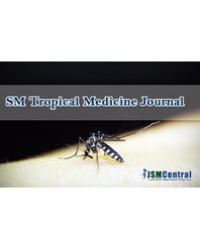We hypothesize that the level of various biomolecules is variable and remain in a dynamic state during the course of development in Gastrothylax crumenifer. The aim of the present study is to determine whether these molecules are in dynamic state or their levels are constant in all the developmental stages. The present study was designed to investigate level of various macromolecules e.g. protein, glycogen, lipid, lipid fractions and nucleic acids by standard Spectrophotometric methods. All the biomacromolecules are expressed in terms of mg/g wet weight. A minimum of three separate replicates were run for each experiment. To investigate similarities/ differences in polypeptides of different developmental stages namely fresh eggs, eggs containing mature miracidia (Em), cercariae, metacercariae, immature and adult stages, SDS-gradient PAGE was performed. In the present study we have investigated biochemical alterations during the larval stages of Gastrothylax crumenifer (a rumen infecting paramphistome) which revealed marked differences during the miracidial development as well as in the intra-molluscan larval stages. We observed that the protein, glycogen and lipid of freshly laid eggs were utilized during the development. Concentration of protein, glycogen and lipid contents significantly elevated in the cercariae as compared to the non-feeding metacercarial stage, indicating an adaptation of the parasite to build up the nutrients for the metacercariae which is a dormant stage. Very little amount of lipid was detected in the fresh eggs (E0) which further decreased in the eggs containing mature miracidia (Em) and then increased sharply in the cercarial and metacercarial stages indicating the substantial buildup of lipid reserves. Nucleic acid contents decreased from E0 to the subsequent developmental stages. Such changes could be of intrinsic significance for the cellular differentiation and organogenesis in larval paramphistomes. Further, we analyzed polypeptide profile of developmental stages which revealed heterogeneous mixture of polypeptides. A total of 27, 15, 14, 15, 14 and 34 polypeptides in E0, Em, cercariae, metacercariae, immature and adult G. crumenifer, respectively were resolved. Eight and nine characteristic polypeptides (17-90 kDa) were observed in E0 and adult stages respectively.
Mohammad Khalid Saifullah¹, Gul Ahmad², Syed Mohammad Abbas Abidi¹, and Sabiha Khatoon¹*





